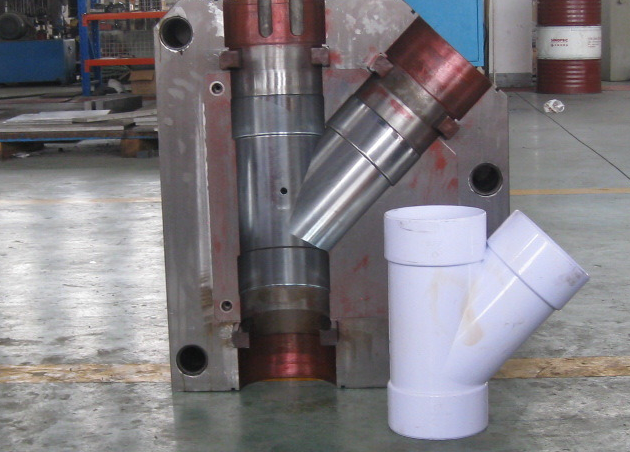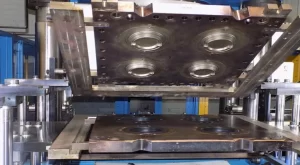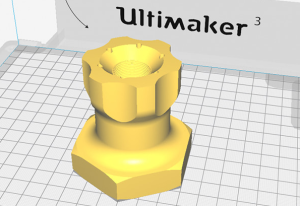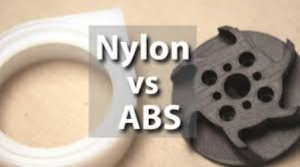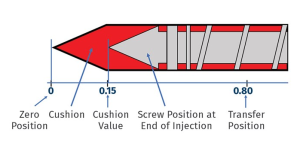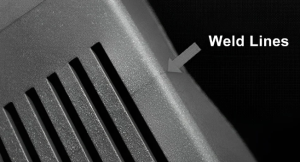Yes, a tube can be injection molded, but there are certain considerations and limitations compared to other methods such as extrusion. Here’s a detailed explanation:
Injection Molding Tubes
Feasibility
- Complexity: Injection molding is typically used for parts with more complex geometries that require high precision. It can produce high-quality tubes with specific end shapes or features that are not possible with extrusion.
- Size and Length: Injection molding is more suited for shorter tube lengths due to the constraints of mold size and the need to eject the part. Longer tubes are usually produced by extrusion.
Process
- Mold Design: The mold for an injection-molded tube must be designed with a core pin to create the hollow section. The core pin must be supported and adequately cooled to ensure proper part formation.
- Material Flow: The material must flow uniformly around the core pin to create a consistent wall thickness and avoid defects.
Applications
- Medical Tubes: Short, precision medical tubes with specific end fittings or features.
- Hose Connectors: Tubes with integral connectors or complex end shapes.
Comparison with Extrusion
Extrusion Process
- Continuous Production: Extrusion is a continuous process ideal for making long lengths of tubing. The molten plastic is pushed through a die that shapes it into a tube, which is then cooled and cut to length.
- Material Uniformity: Extrusion typically provides uniform wall thickness and is cost-effective for long tubes or high-volume production.
Injection Molding vs. Extrusion
- Design Flexibility: Injection molding offers more design flexibility for complex shapes, integral features, and precise tolerances.
- Production Volume: Extrusion is more suitable for high-volume production of simple, long tubes due to its efficiency and lower cost per unit.

Choose us for your custom injection molding needs and experience excellence in every detail. Our China-based factory provides innovative solutions, competitive pricing, and fast turnaround times. Get your custom quote now!
Advantages of Injection Molding Tubes
- Precision: High precision and tight tolerances can be achieved, making it ideal for applications requiring exact dimensions.
- Complex Features: Ability to incorporate complex features, end fittings, and varying wall thicknesses within the same part.
Disadvantages
- Length Limitation: Limited to shorter lengths due to mold size constraints.
- Cost: Higher tooling costs and potentially higher unit costs compared to extrusion for simpler designs and long lengths.
Conclusion
Injection molding can be used to produce tubes, particularly when high precision, complex geometries, or specific features are required. However, for longer tubes or high-volume production, extrusion is generally more efficient and cost-effective. The choice between injection molding and extrusion depends on the specific requirements of the tube design and the intended application.
Related Conten: Plastic Injection Molding

